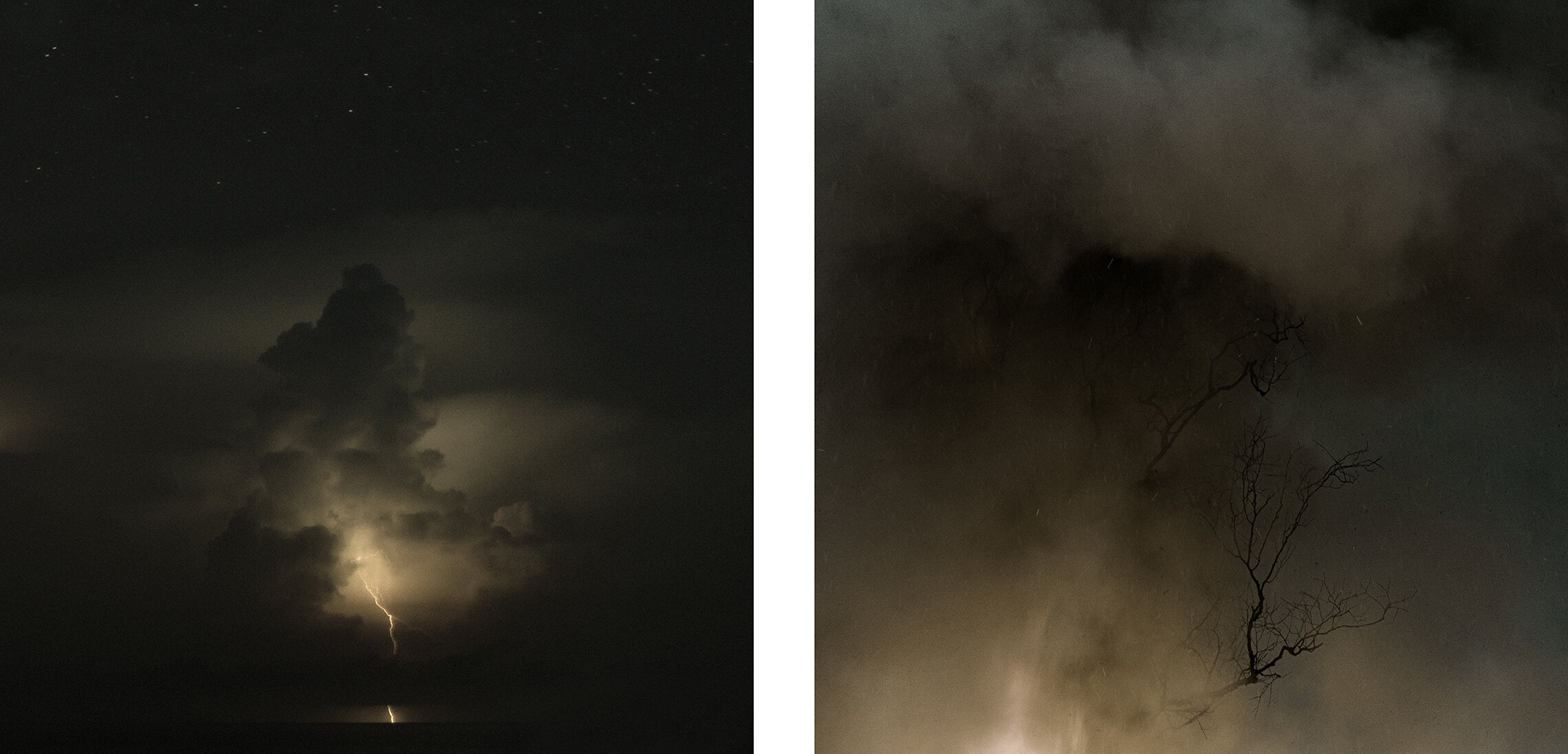

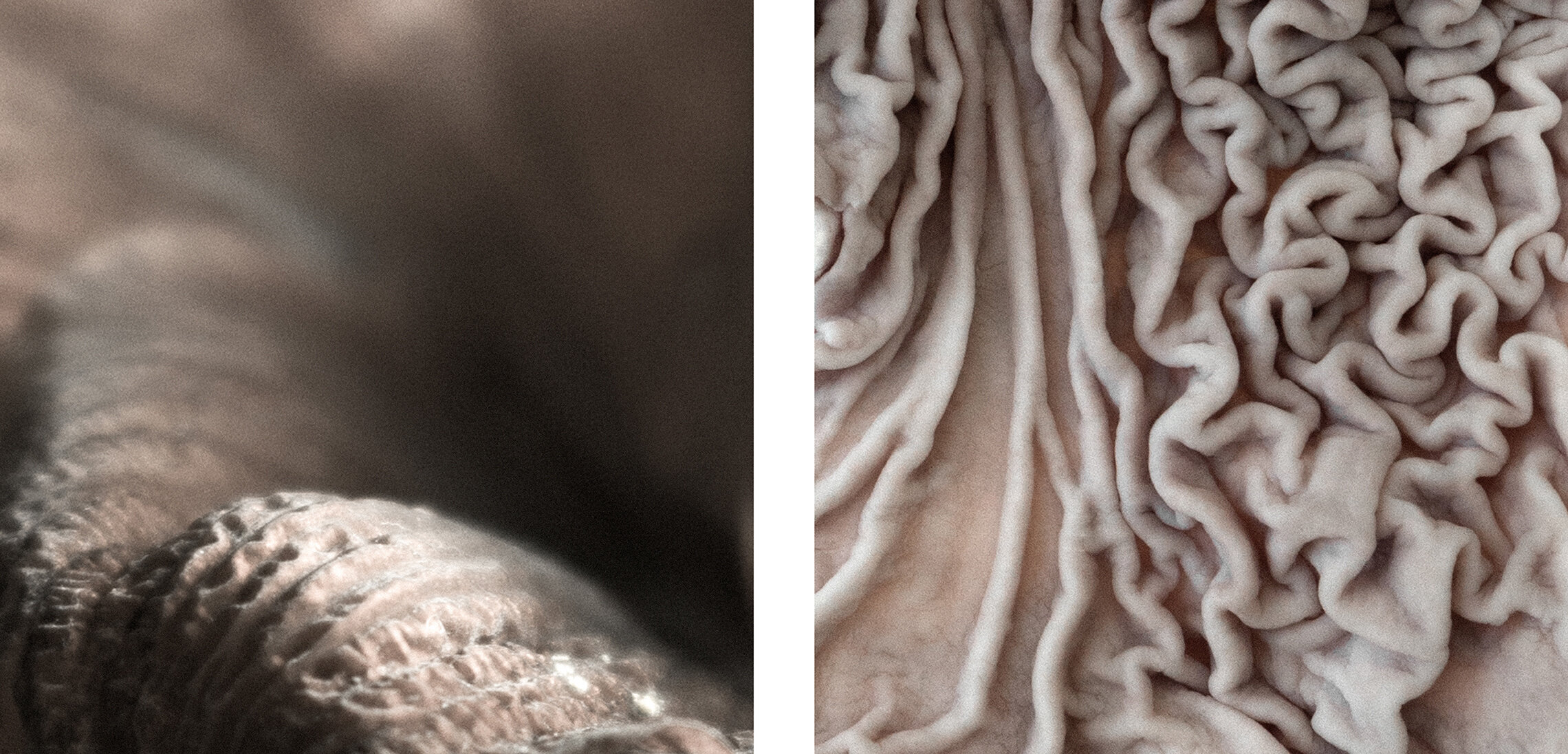
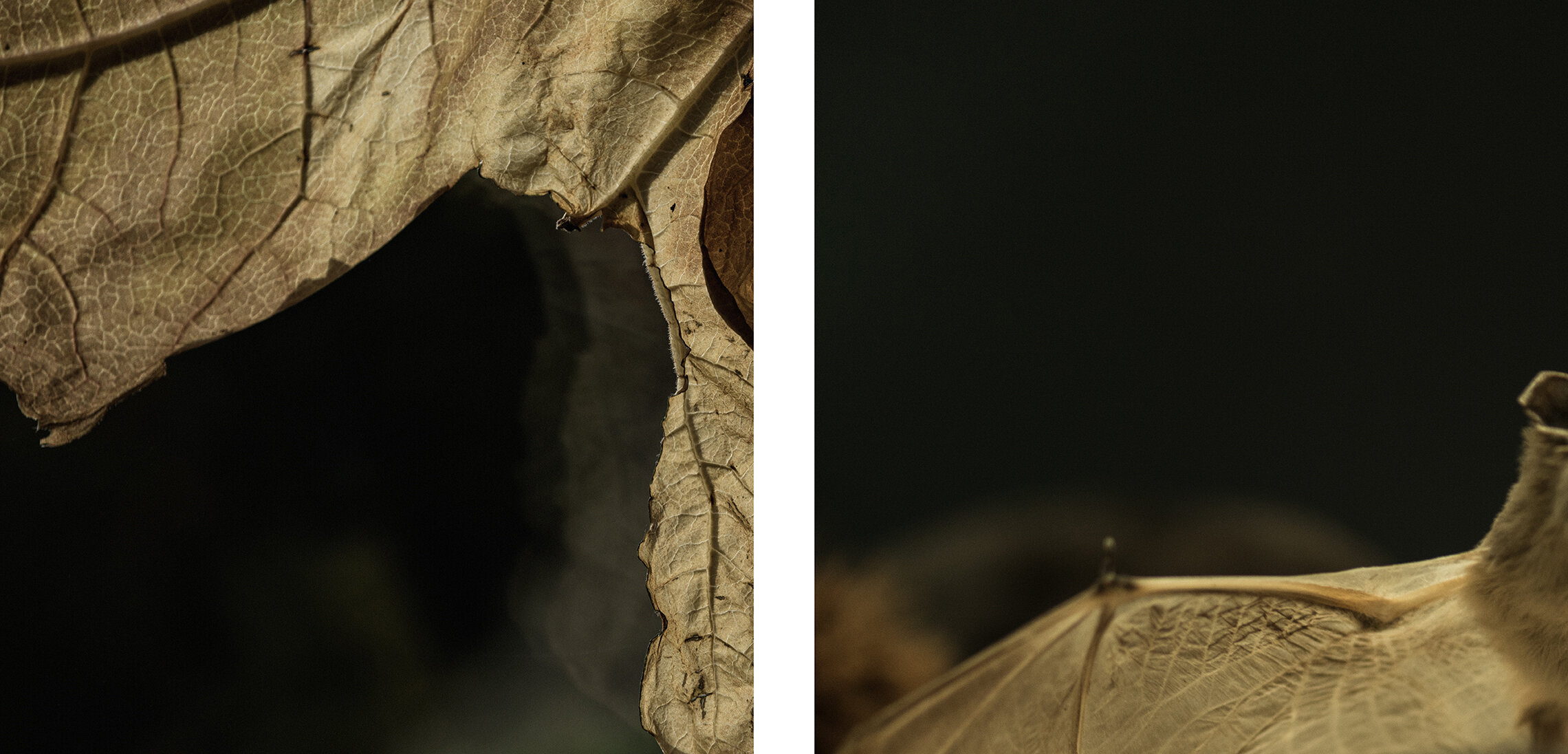
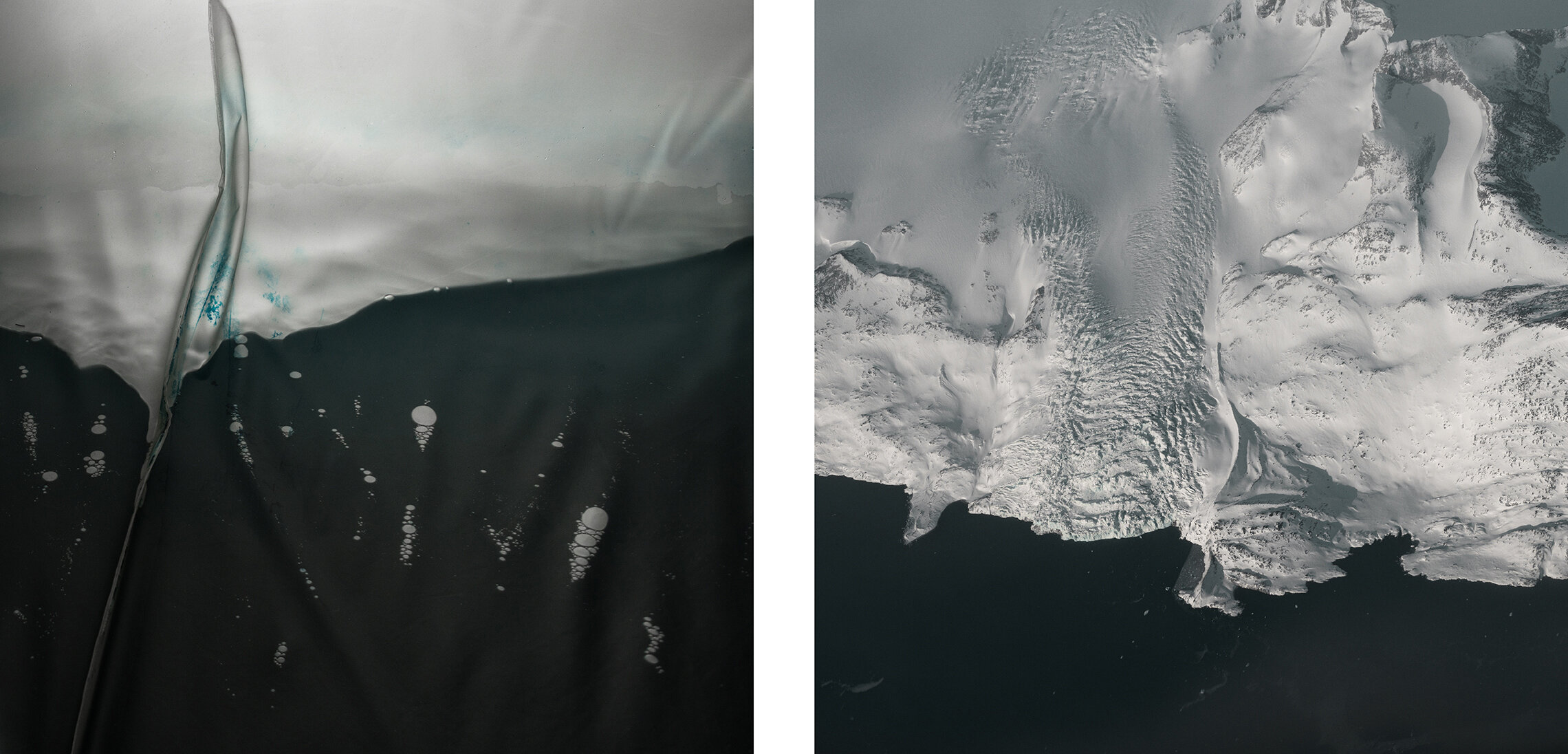
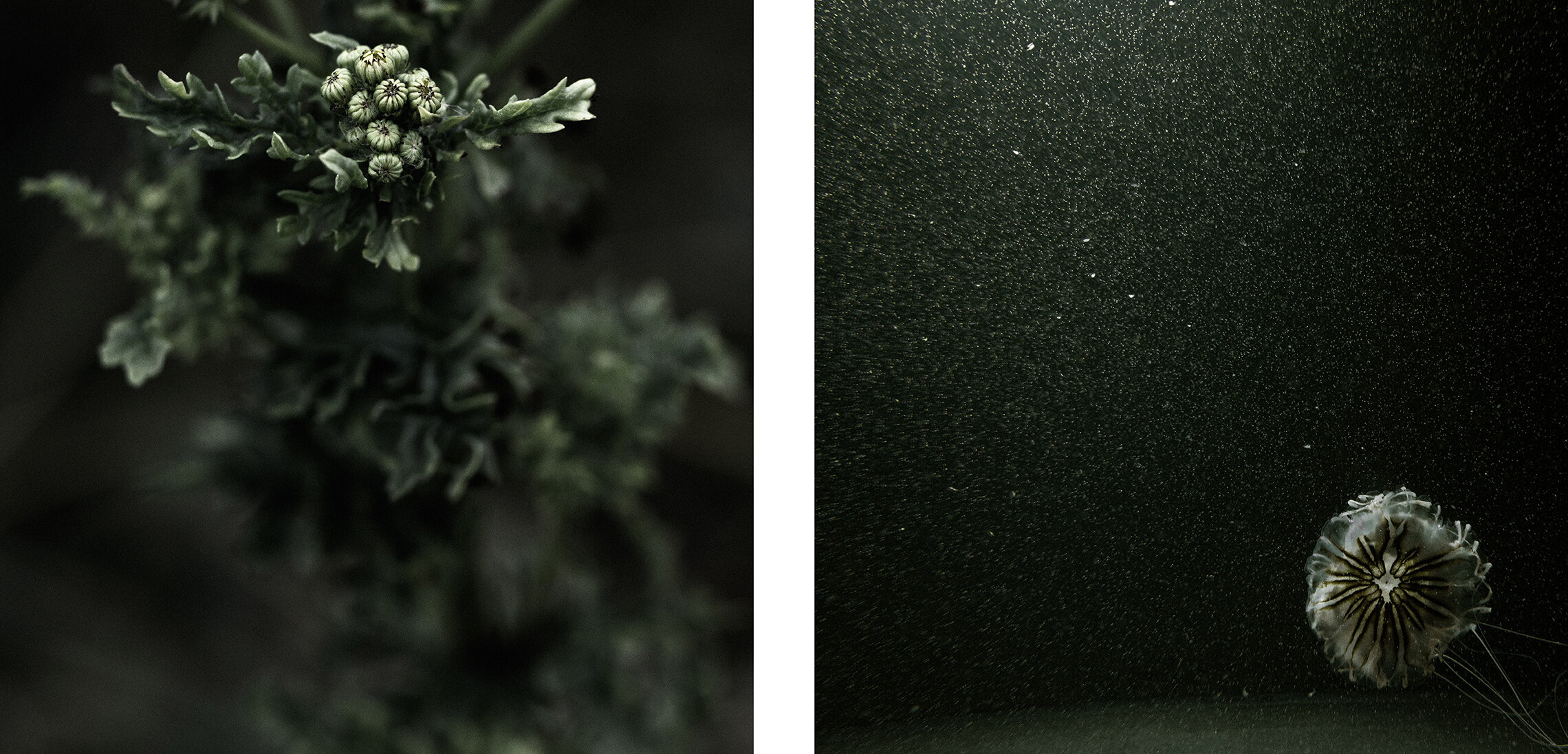
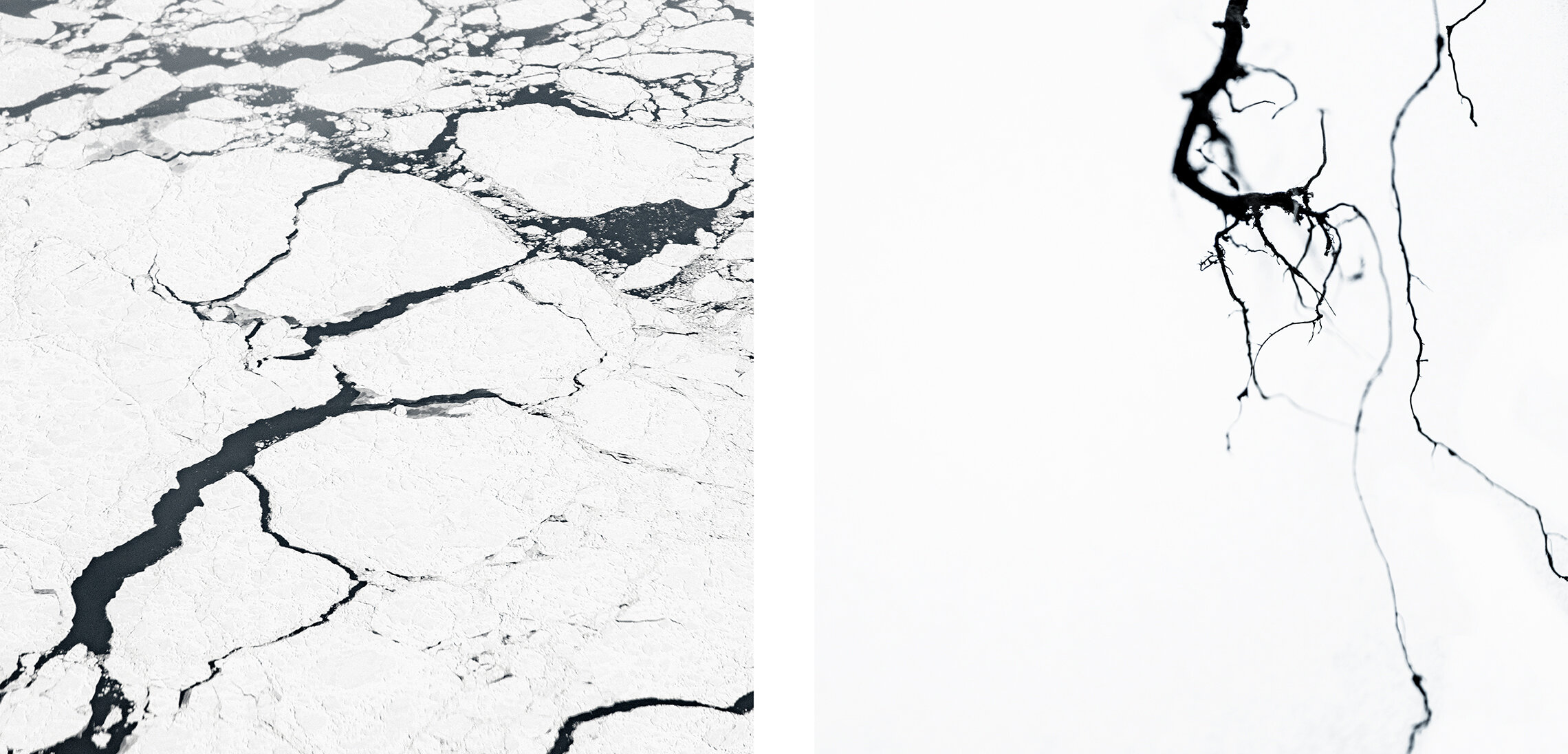
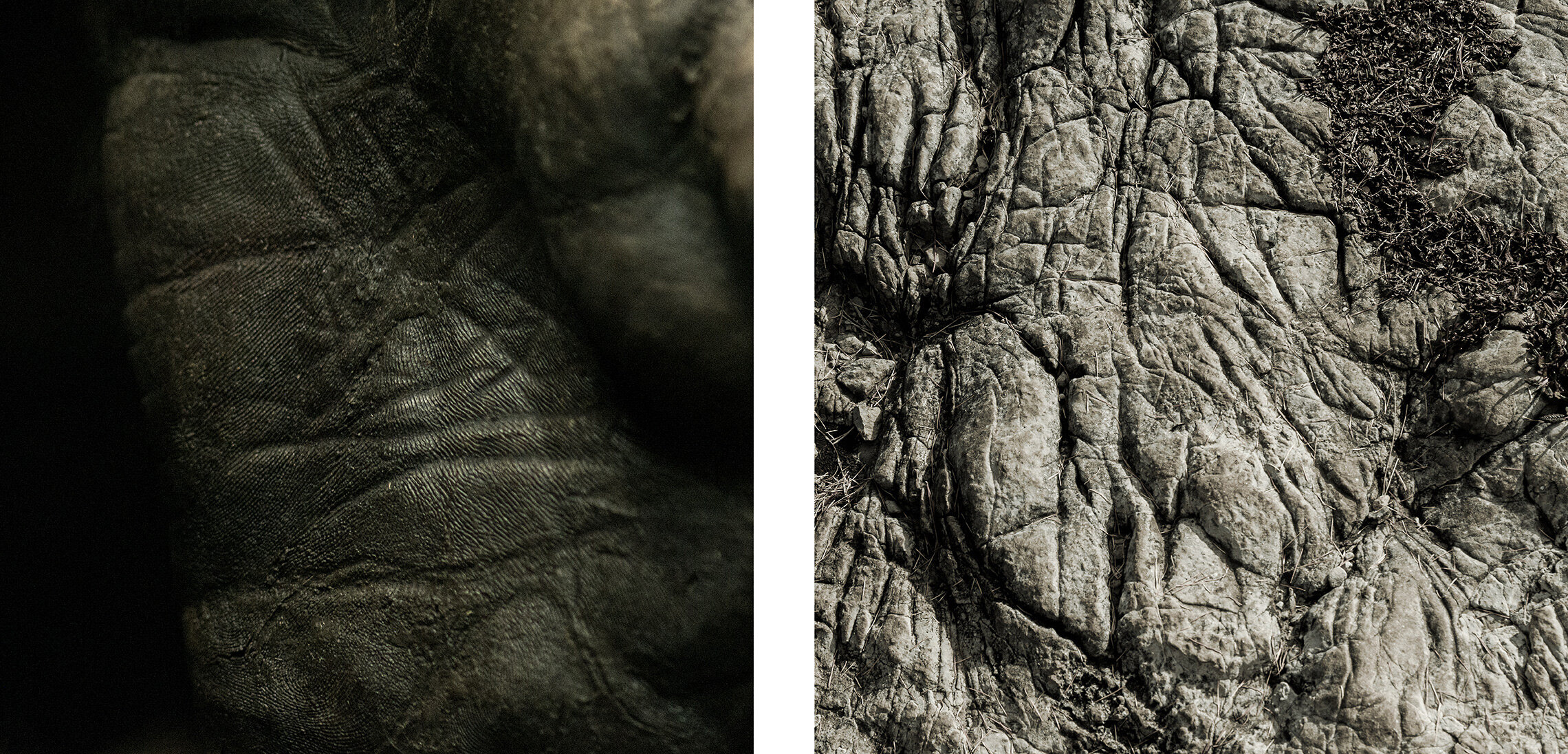
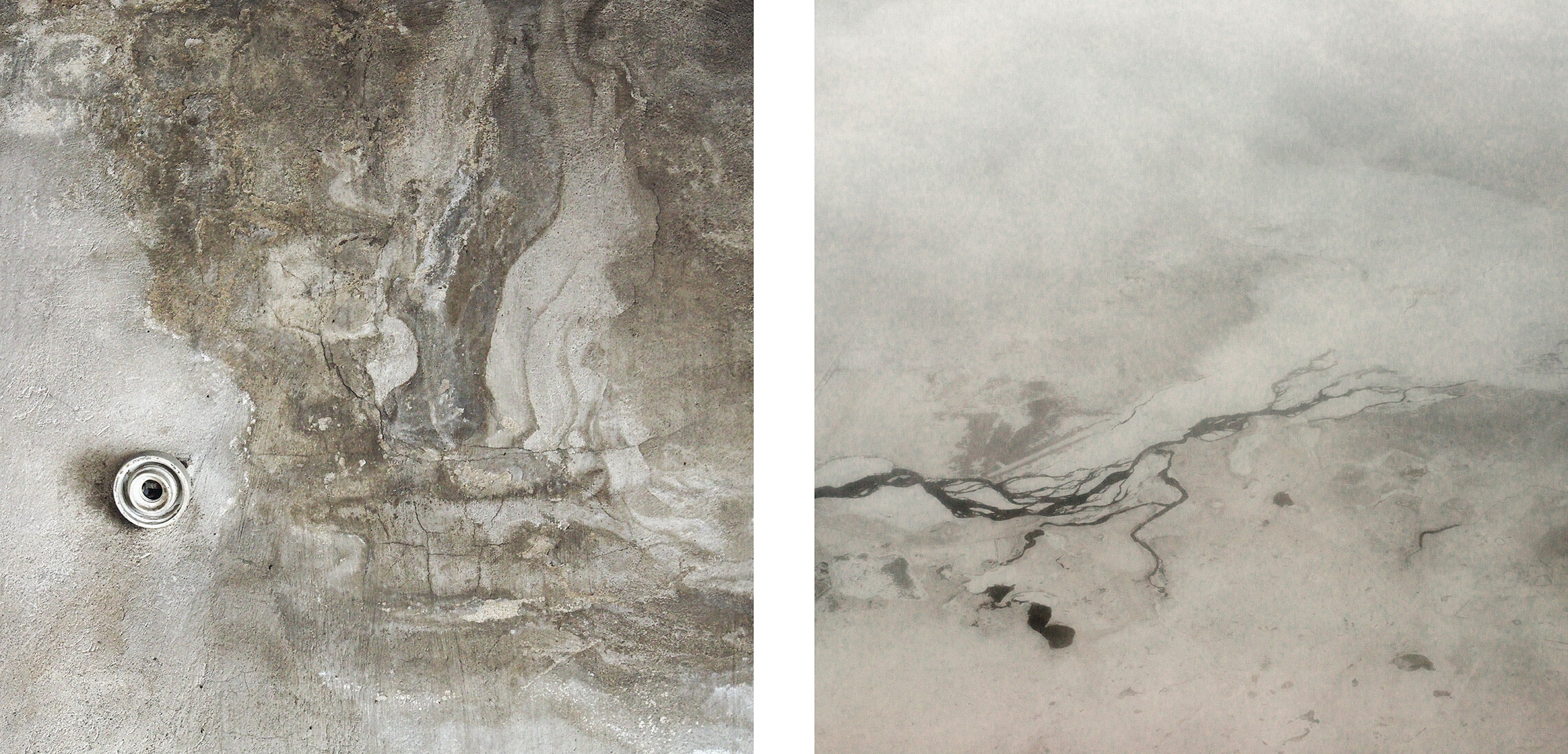
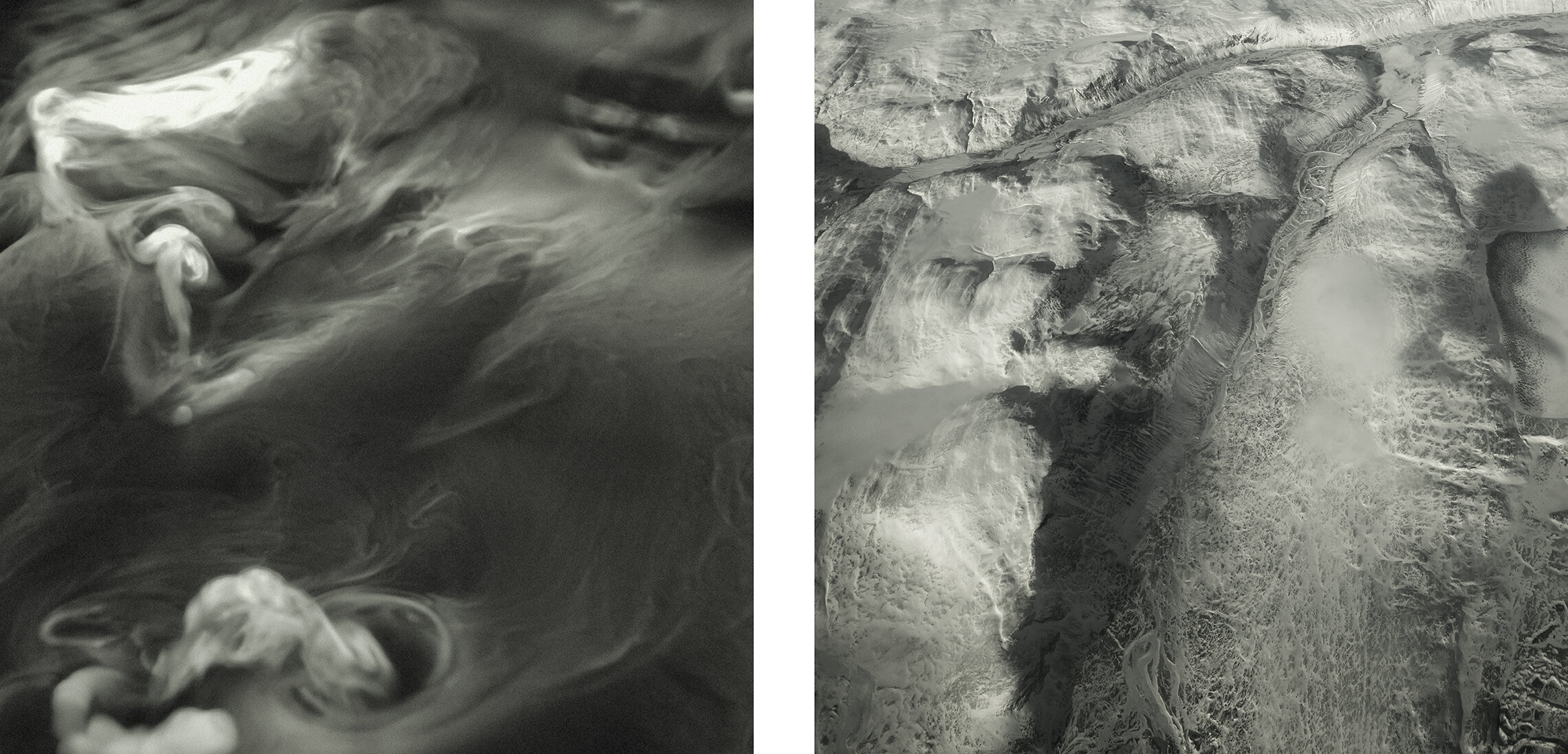
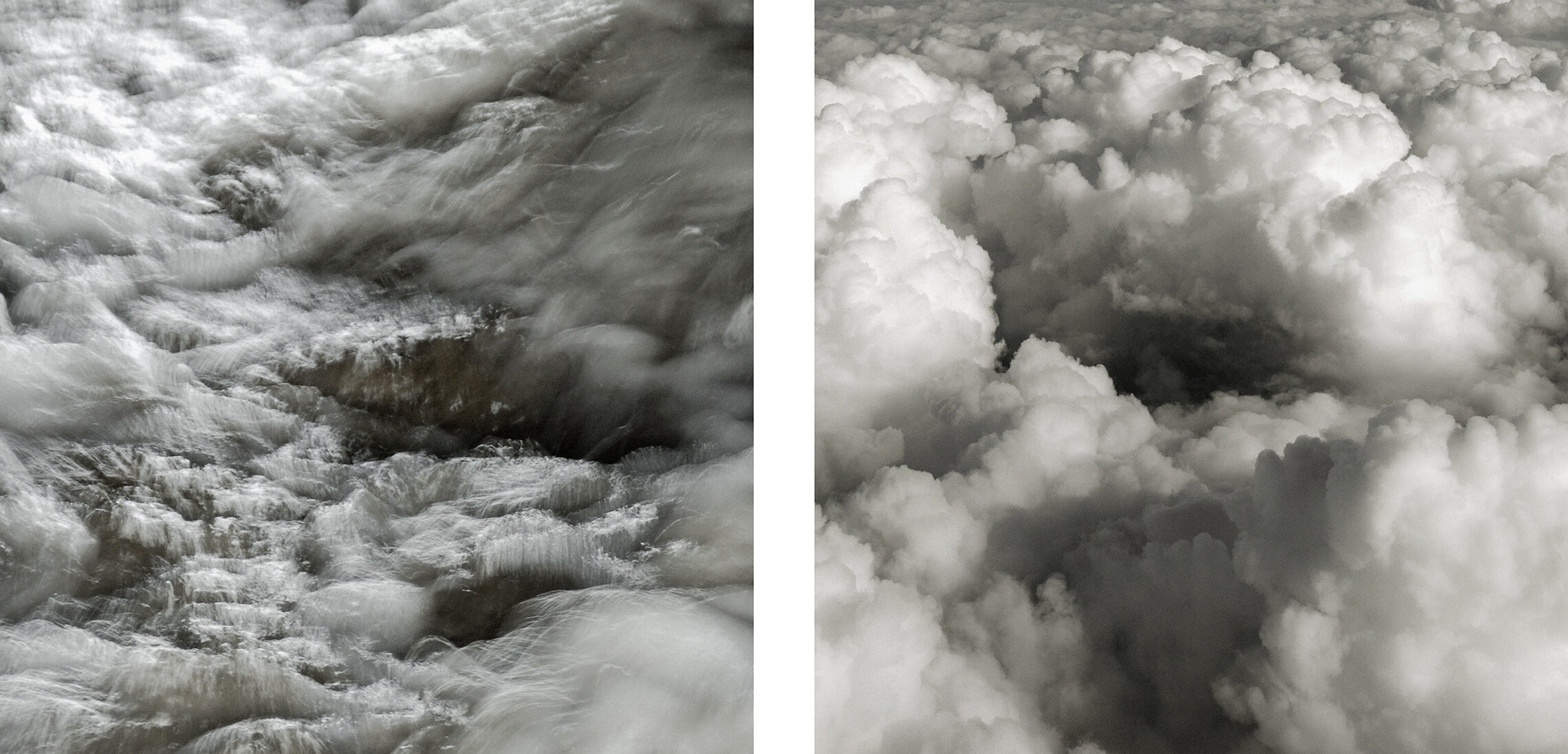
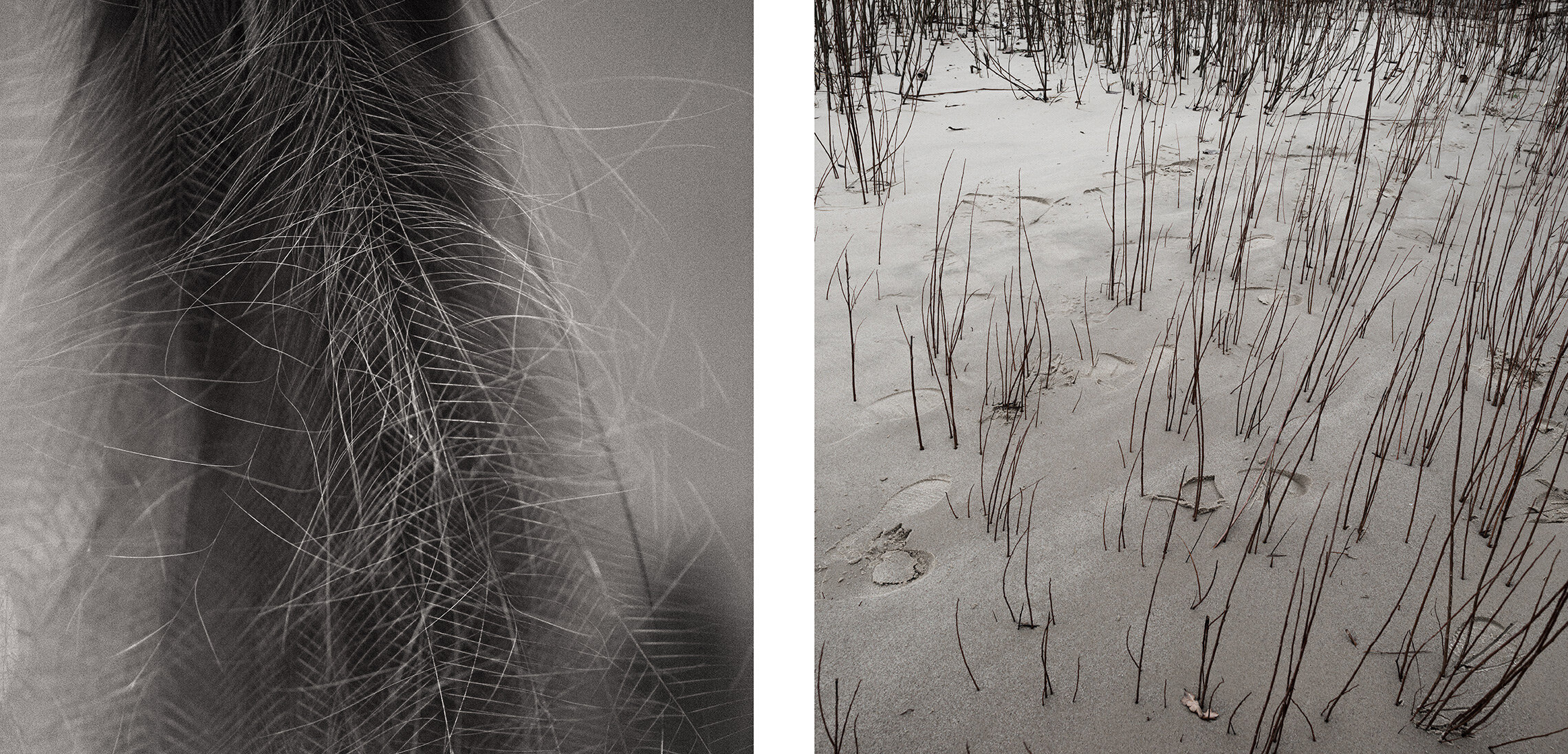
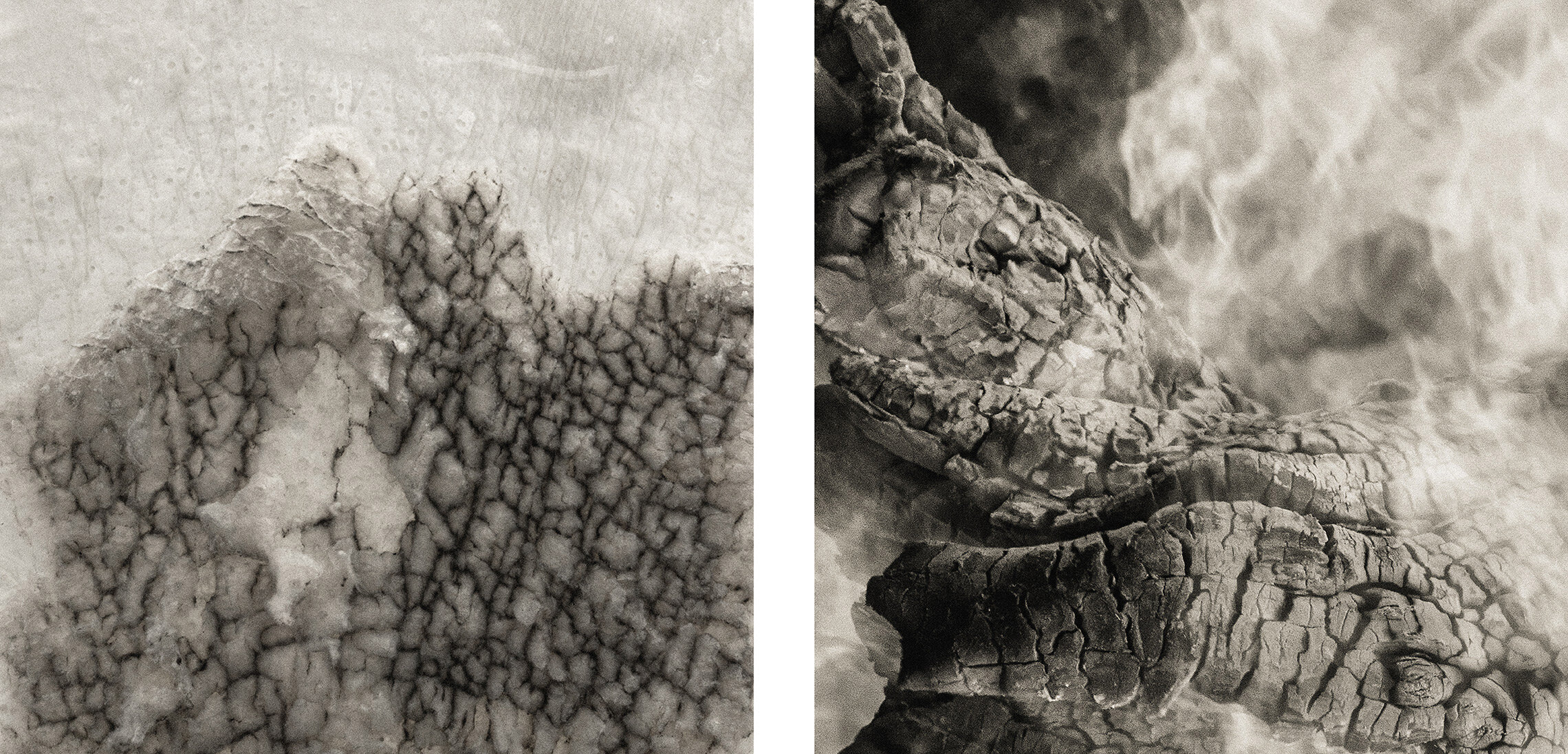
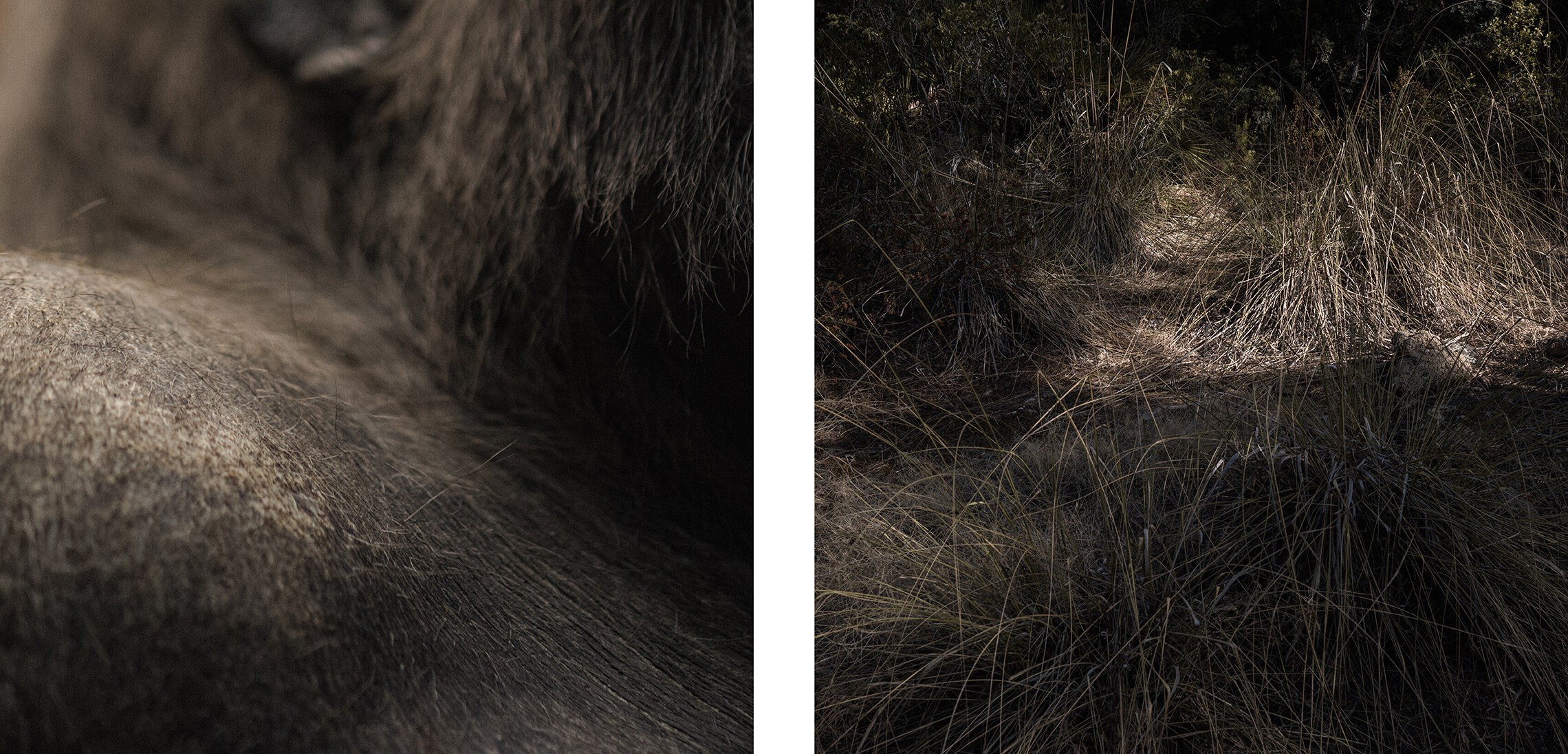
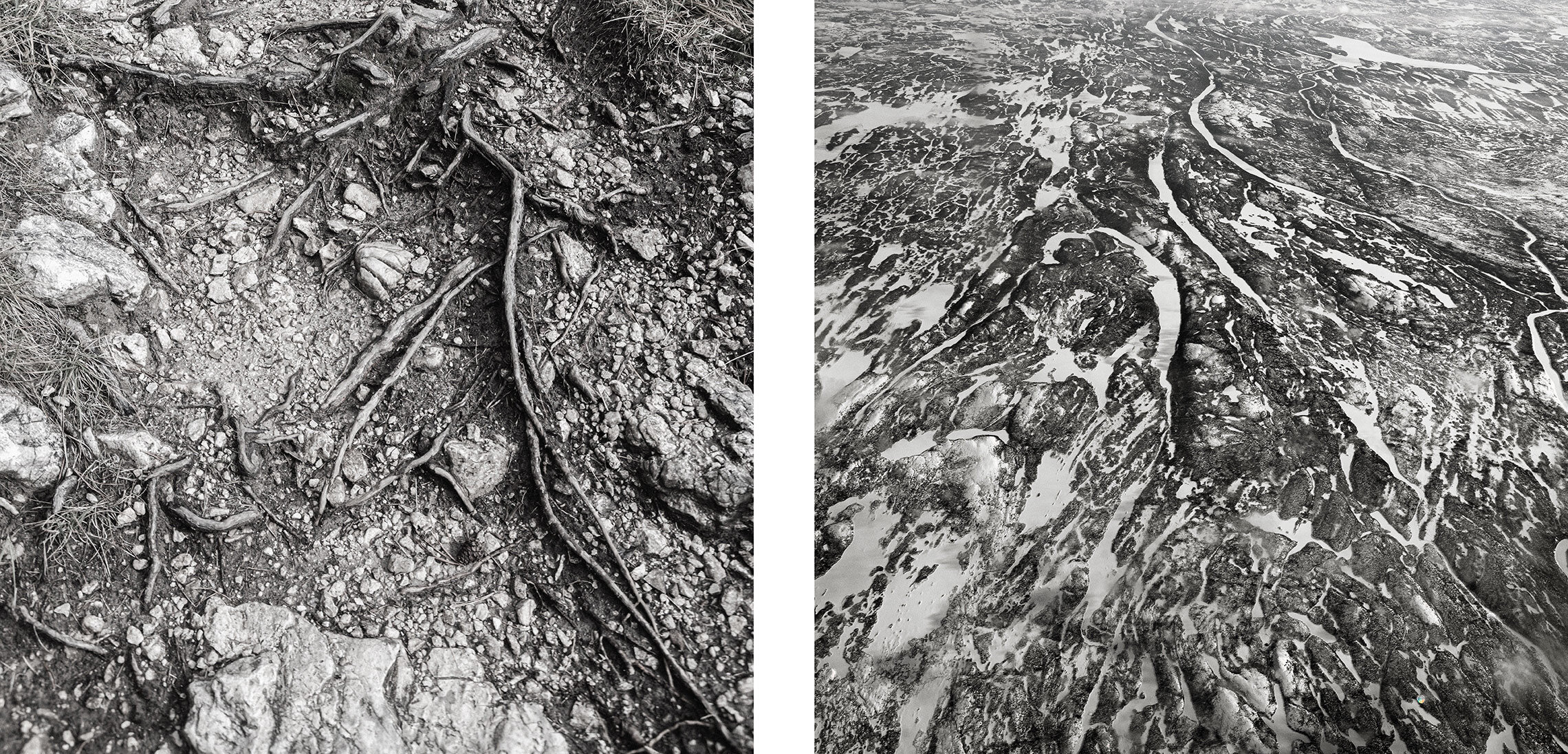
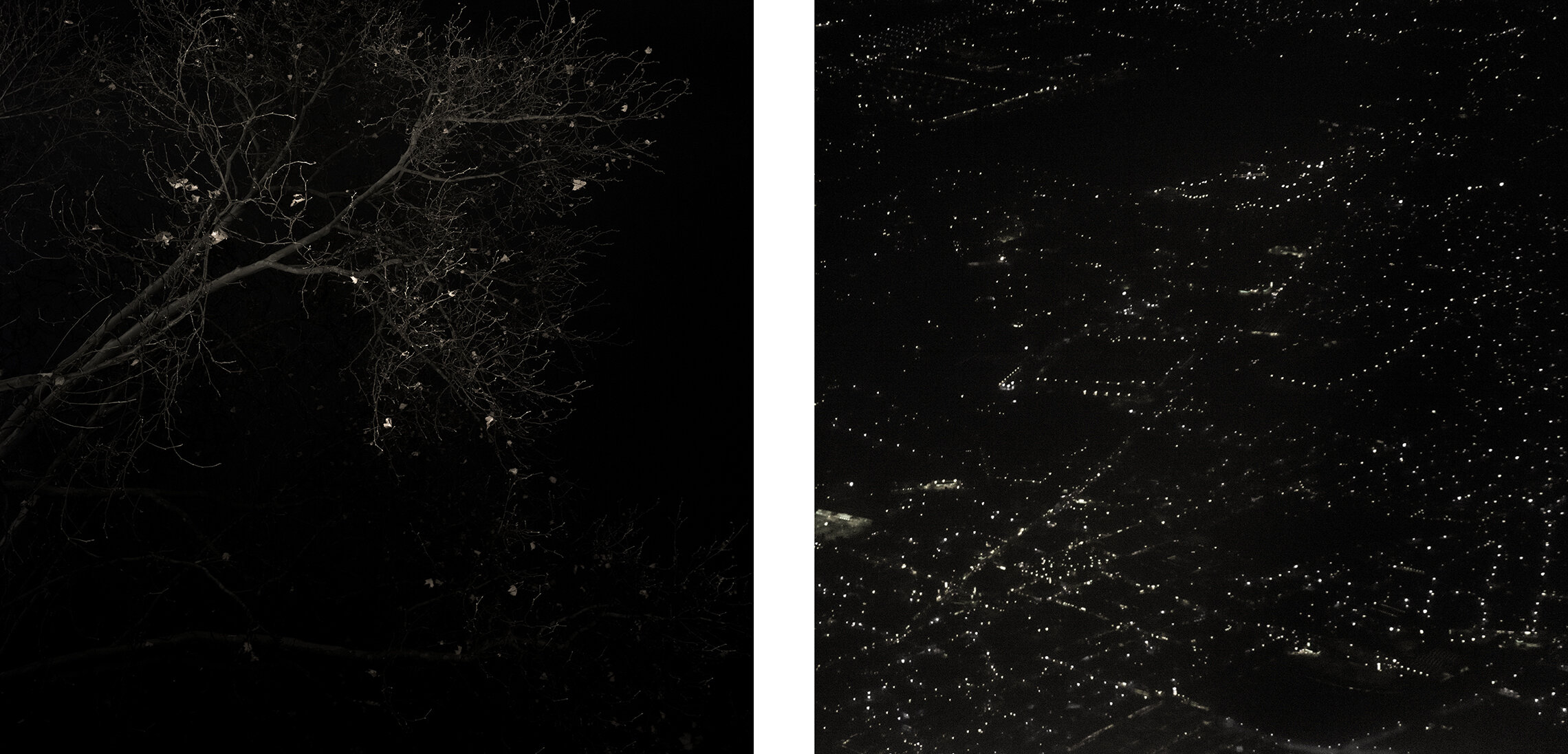
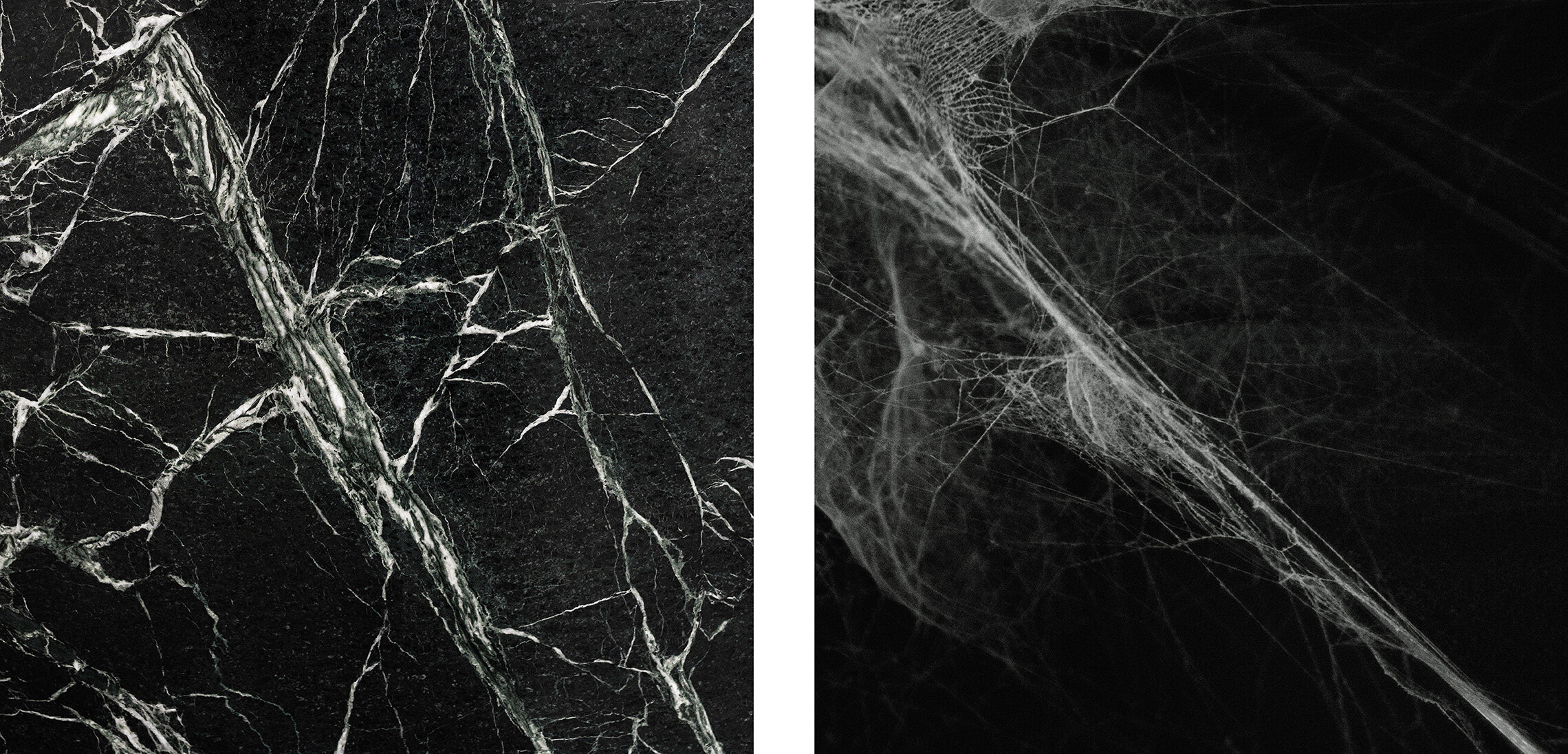

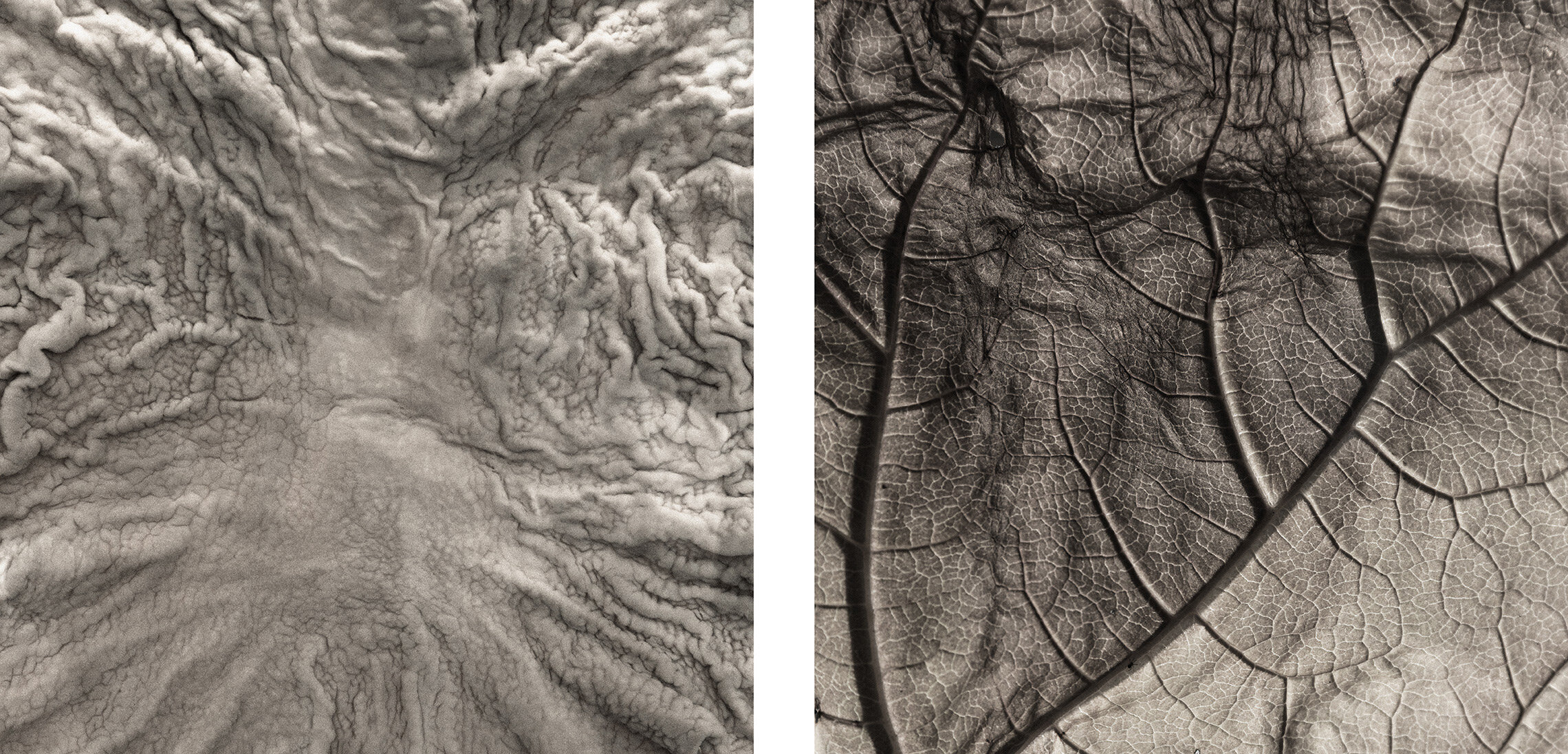
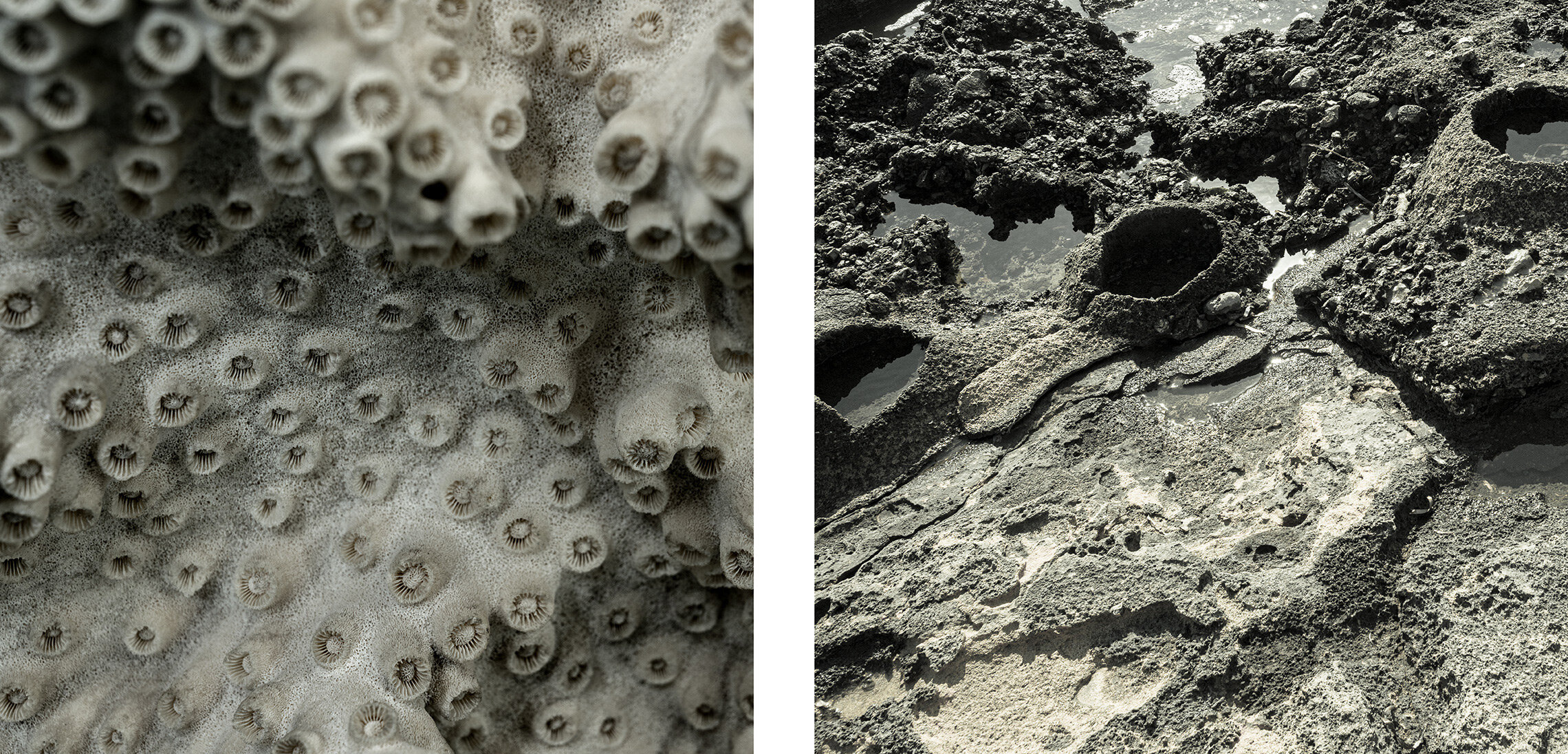
Mimesis (2017-2021) from the project THE PATH OF LEAST RESISTANCE. An approach to natural phenomena.
How can art contribute to the perception of nature in its complexity? How can it promote sensitivity and empathy for other forms of life as well as awareness for a harmonious balance between human existence and the natural world? Torres Ruiz addresses these guiding questions. Although „nature“ and „culture“ are often seen as separate – even antithetical – in the Western consciousness, Torres‘ images show that everything in this universe has a common origin.
She was inspired by Adrian Bejan’s theory The Constructal Law, and based on it, explored „flow patterns that determine the structure of the entire Universe “. These flow patterns are found in rivers, neural networks, lightning, the lungs, the growth of plants, and social dynamics. „Every flow architecture on Earth follows the natural tendency to want to flow more easily. The evolution of its movement always pursues the goal of coming into equilibrium and minimizing resistance “.
Gabriela sees the world in associations and connections. She explores relationships between movements, light, shadow, contours and always encounters forms and patterns of similarity. Forms that are related to each other. Diptychs or triptychs are called pairs or trilogies of images that are in dialogue with each other. How do these dialogues arise between images, spaces, landscapes that may have been far apart at the moment of capture?
Whether two images are talking to each other is often immediately recognizable to her, Gabriela says. The similar patterns are immediately apparent to the viewer. A kind of memory game in which the boundary between searching and finding becomes blurred. And yet this work of searching and finding is essential for the similarity to become apparent to the viewer at all. The lights of a city and the ramifications of a tree. Both are forms that have grown - or perhaps flowed - in a similar movement. Main axes and secondary axes. From thick to thin. From broad to narrow. The scales of a fish and the drawing of light breaking in the waves. Crescent moons flowing into each other. Scales of light.
It is the way of looking, oriented to the similarity, the affinity of form and movement, that peels out the diptychs and triptychs and brings them into dialogue with each other. This view of what is interconnected seems to me at once unusual and wonderful. To perceive the world in its connectedness, its relatedness, has become rather foreign to us. What separates us is often what we focus on. Our perception is oriented towards what we can distinguish. This is how separations are created. Between thick and thin, young and old, yesterday and today, angular and round, black and white, light and dark, good and bad. Duality instead of dialogue. Eternal dilemma. Promising seems to me there the way of the least resistance and the kind of perception, which opens to those who walk on it. When I return to the pictures again, a quiet inkling of the breadth of this horizon, which stretches out over worlds of connections, stirs in me.
Sabina Fischer - Nature Dialogue Magazine
The project was developed in cooperation with the Berlin Medizinhistorischen Museum der Charité and the Berlin Museum für Naturkunde.
The exhibition THE PATH OF LEAST RESISTANCE was sponsored by the Volkart Foundation, Winterthur, Switzerland.
Publication 16.04.2021 (German)
Natur-Dialog Magazin Der Weg des geringsten Widerstandes (The Path of Least Resistance), Vom Umgehen mit Widerstand (On dealing with resistance). Article by Sabina Fischer, Switzerland.
Publication: Photo essay. February 2021
Emergence Magazine The Path of Least Resistance.
Though “nature” and “culture” are often seen as separate—even in opposition—within Western consciousness, Gabriela’s images demonstrate that everything in this universe shares a common origin. Shapes abound, structures emerge in a harmony where something inanimate appears to mimic the folds, arches, surfaces, and veins of something living through reaches of movement, growth, or branching—so much so that it is hard to say which is living and which is not. Her art seeks to advance the understanding that the boundaries of sentience are fluid and that by recognizing mirrored forms, shapes, and contours, we take a step towards sensitivity and empathy for the living world.
Emergence Magazin